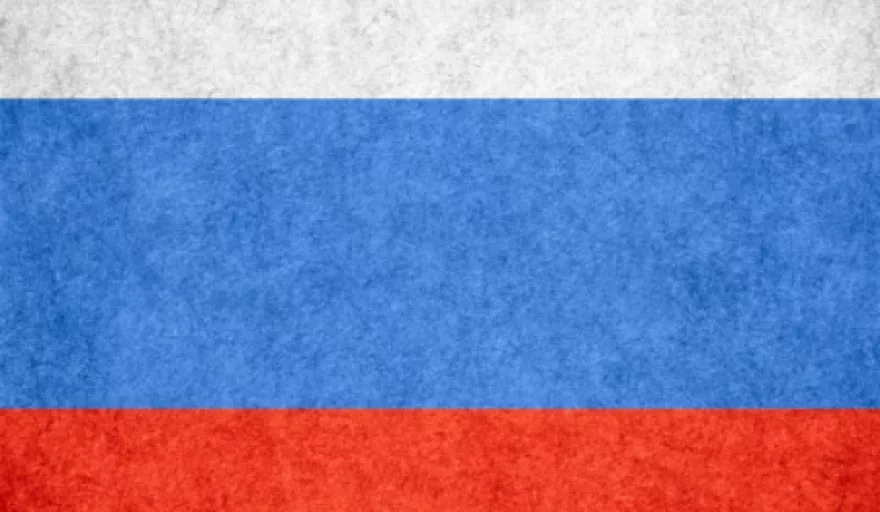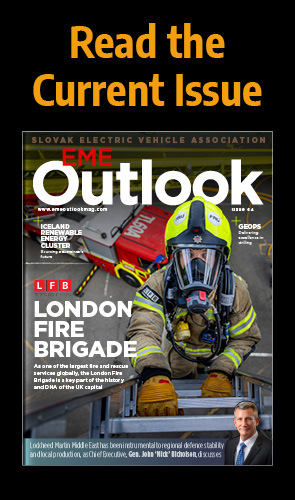INTRODUCTION
A comparatively booming global market, or a floundering, declining slump towards a financial depression? The answer when analysing Eastern Europe’s current economic situation is probably ‘both’, with the region’s figurehead watching on stubbornly as its neighbours enjoy a so-far fruitful 2015.
A resurgence across the Central-Eastern boundary – incorporating the likes of Poland, Hungary, Czech Republic and Romania – may not be sustainable in the long-term but has provided the region with much-needed respite in the midst of a general, continent-wide stagnation.
Stagnation or unspectacular stability is a distant dream for Russia however, as its ongoing veer towards complete independence similarly veers the country towards an inevitable economic depression.
To clarify, it is only a recession, not a depression, as things stand, and there are sporadic reasons for optimism there too. But, in the same way that analysts and forecasters believe the general region’s resurgence to be short-lived, Russian politicians are clinging on to a more faint hope that their country’s struggles are equally temporary.
Daniel Hewitt, an economist at Barclays Plc in London noted in a Bloomberg report: “As long as the euro-zone economy accelerates, Central and Eastern European growth can remain at these levels. But when it reverses, so will growth to the east.”
RUSSIA’S PLIGHT
Hewitt’s warning to the region will hardly fall on deaf ears, but it won’t dampen the spirits of countries who are enjoying a break from the familiar economic crisis that has engulfed much of Europe – and indeed the world – in recent years either.
Warnings towards Russia’s current plight are more likely to go unheeded however, even if they weren’t already too late.
The ruble continues to struggle, large conglomerates have suffered as a consequence of international embargos, SMEs are similarly paying the price for the domestic repercussions, in-store prices are rising in a faceoff against dwindling exposable incomes among consumers, and even its most trustworthy domestic sectors in the agricultural domain are experiencing a reduction in sales volumes.
The economic decline has been attributed to innumerable causal factors in recent months, spanning an over-reliance on key agricultural and oil revenues, an obvious consequence of its quickening retreat from euro-zone trade, corruption costs to the tune of $500 billion each year, and perhaps most significantly; a complete reluctance to admit that any of these problems exist.
That is except for the most educated people, who seem to be departing the country in their droves in order to avoid the aforementioned offshoots of the current situation.
A quick look at the statistics signifies the severity of said situation, with data revealing that the country’s GDP has shrunk 3.4 percent in the first six months of 2015 alone, compounded by a 4.6 percent economic contraction in just one month.
Capital investment for the year plummeted by 8.5 percent on the previous 12 months to further emphasise the internal plight being endured by industry on a national scale and, for those looking for a direction to place blame, a finger is frequently and firmly being pointed towards the global oil price crisis.
With the country so reliant on the sector in the past, this collision of an industry slowdown and national economic slump has proved too much of a combination to overcome, and the recession seems more and more likely to become a depression if action isn’t taken soon.
INTERNAL OPTIMISM
All in all, a desperate and desolate image of Russia is being painted from outside the walls of the country. However, to ask the people on the other side of the boundary would reflect a very different picture. Optimism and patriotism is fair enough, but despite the evident challenges that are now affecting the population, there does seem to be a general acceptance and enthusiasm surrounding the philosophy adopted by the government.
Domestic spending and self sustainability is largely preferred over imports and there are examples of it being a successful proposition in isolated cases.
The Guardian reported in September that, despite its previous success in the dairy sector and the subsequent fears around the industry since its distancing from international trade, internal solutions and alternatives have been gathering speed in Russia.
Even though dairy accounted for €2.3 billion in export revenue last year, the general consensus seems positive that this will be lost from the annual economy in preference of self sustaining methods. A crumb of comfort only perhaps, but it does generate some hope that if Russia is able to stabilise itself – and it is a big ‘if’ – then the nation will certainly have the backing of its population to do so.
Further optimism can also be secured in the oil & gas domain where, despite the drop in crude oil prices, there is the safety blanket of knowing that Russia’s oil producers are some of the most sought after on the planet.
“When oil goes down, the western companies are hurt more than the Russian companies,” Maxim Edelson, a Senior Director at Fitch Ratings in Moscow told the Financial Post. “Because Russian tax rates adjust automatically to lower prices, the nation’s companies enjoy a buffer to the slump in crude while a lot of the hit is taken by the government.”
“Production costs in Russia are still among the lowest globally,” added Philipp Chladek, a London-based oil-sector analyst with Bloomberg Intelligence, in a September report. “Rather than trying to increase the recovery rate in mature fields to keep the oil flowing, Russian companies can still tap new resources.”
Global heavyweights such as Gazprom and Lukoil are subsequently faring better than their Shell or Exxon counterparts, suggesting that there is hope on the horizon for the country’s most tried and trusted economic driver.
SUSTAINABLE RECOVERIES
This more enlightening outlook is the one currently being enjoyed in the no-man’s land between Russia and Central Europe, with the likes of Romania, Poland, Czech Republic and Hungary defying continental trends to bask in a consumption boom.
To add perspective, the euro-zone achieved growth of 1.3 percent in the past quarter according to economists, while Poland’s figure is predicted to have been 3.6 percent, Czech GDP rose 3.4 percent and Hungary’s rose 3.2 percent.
Romania’s performance dwarfed the continental average even further though, seeing a 4.8 percent GDP jump to become the EU’s strongest country over the course of those three months.
“Battered for years as Greece’s debt turmoil crippled the continent, Eastern Europe is expanding at rates that have propelled currencies from Hungary to Romania into the emerging world’s best performers,” Bloomberg reported in September. “While a renewed slump in the euro area, a key export market, would snap the turnaround, consumers are reinvigorated by rising employment, lower taxes and cheap loans.”
For Russia, positives still remain as it clings on to optimism surrounding isolated positive fallouts from the recent self sustainability strategy, but the problem lies in the fact that these elements are just that: optimism and hope.
The likes of Romania and Poland have tangible statistics and market indicators to build a more sustainable recovery around; incorporating strong technological development, outsourcing attractiveness, high education levels, high growth, low inflation and a largely bilingual population.
Meanwhile, the might and power of Russia has seemingly left any recovery in the hands of a quick and unlikely oil price recovery or an even more astoundingly quick development of its own internal infrastructures, in order to offset the void in international relationships that is currently edging the country towards a lonely depression.



















